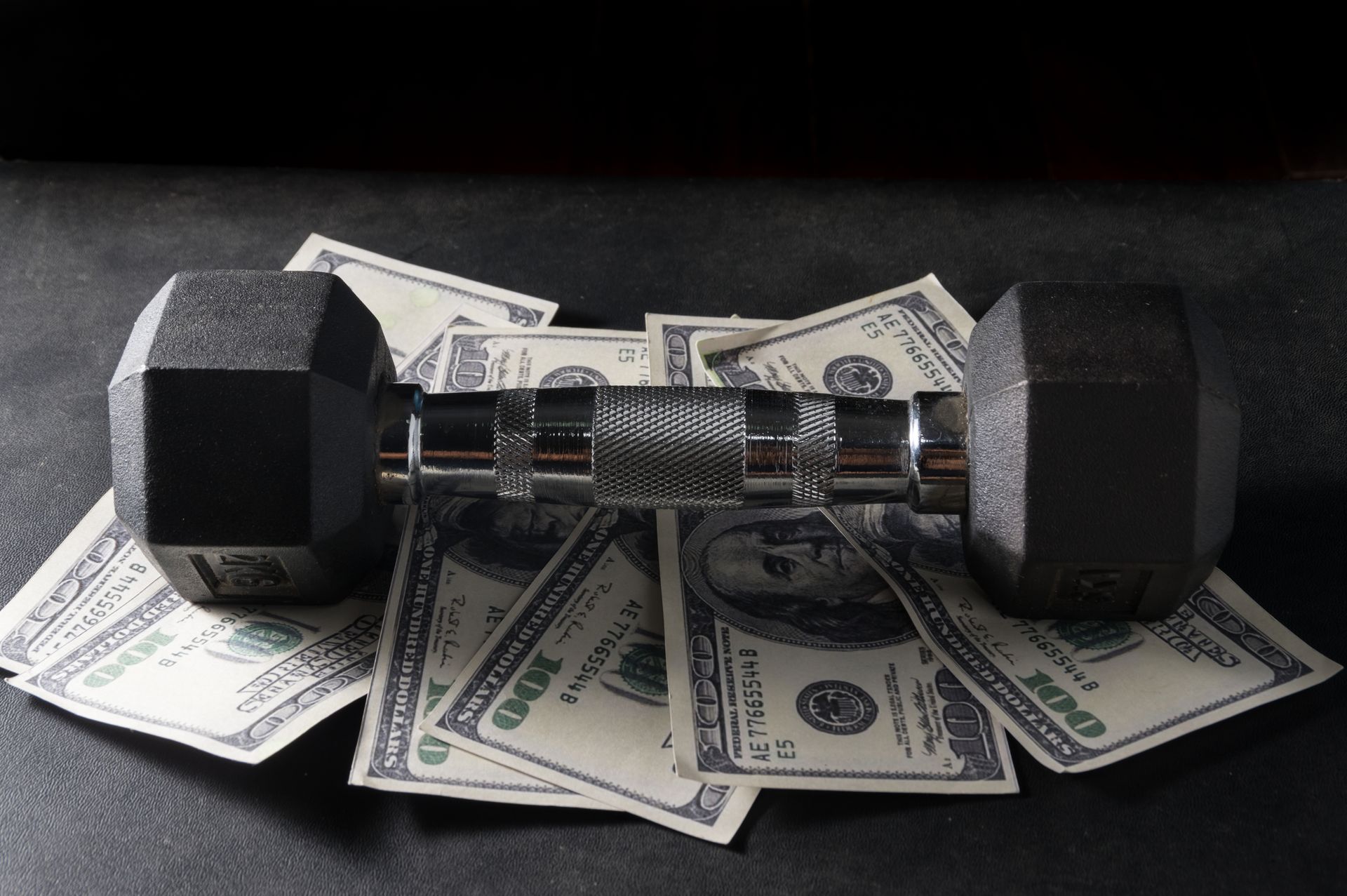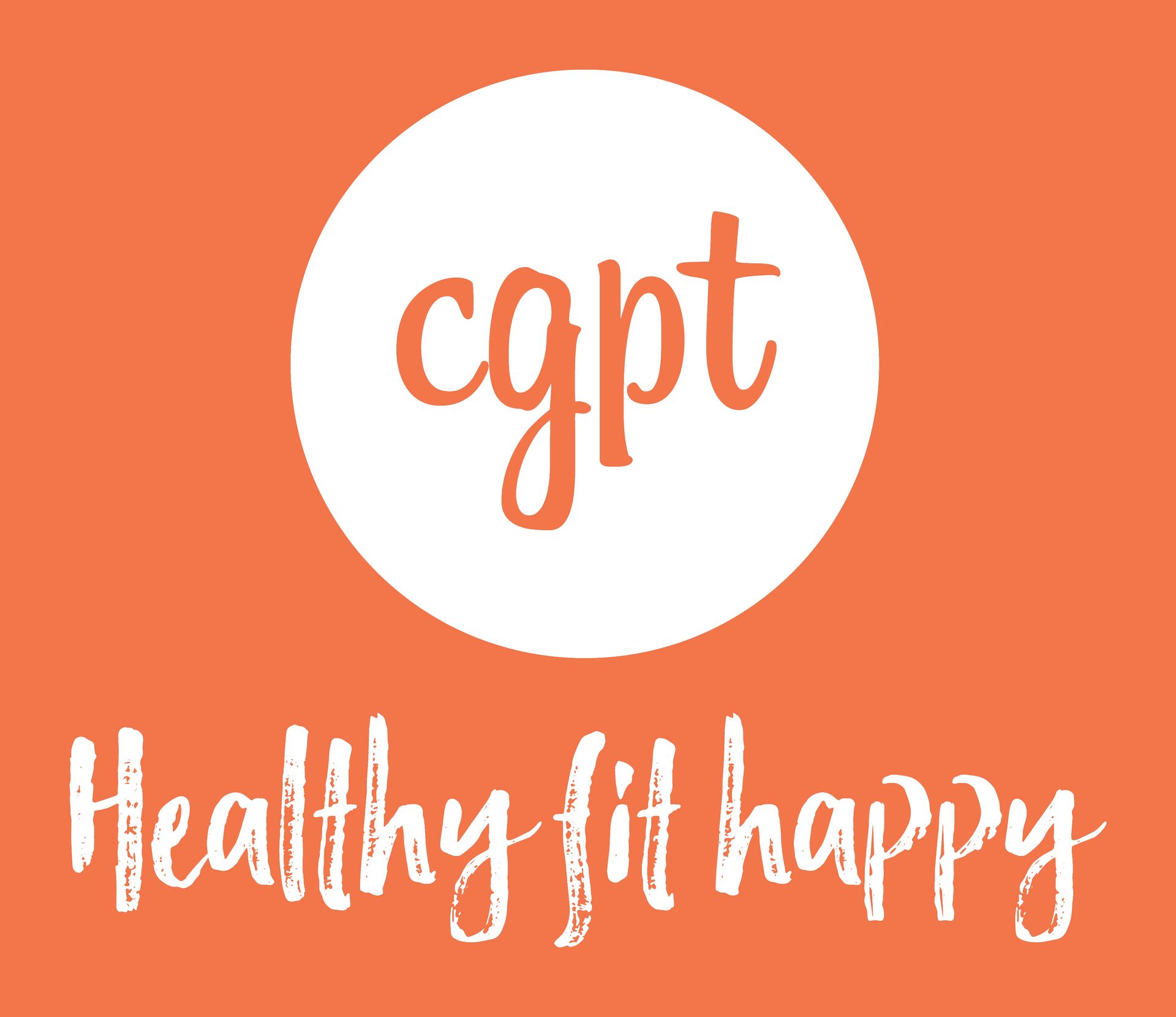Strength Training During Menopause: Why Now Is the Perfect Time to Start
Strength Training During Menopause: Why Now Is the Perfect Time to Start
Menopause is a natural, powerful transition - and strength training can be one of the most effective, empowering tools to help you thrive through it. At Chris’ Gym in Hawthorn, we believe that strength training during menopause isn’t just beneficial - it’s essential.
Backed by strong scientific evidence, a personalised strength training program can help you maintain muscle, protect your bones, boost your mood, and preserve your independence long into the future. Let’s explore why strength training matters so much during menopause, and how our experienced trainers - Andrea, Tim, Laurence, James, Sophie, Jon, Mia and Adam - are here to support you every step of the way.
Understanding Menopause and Its Impact on Your Body
During menopause, oestrogen levels naturally decline. This hormonal shift affects almost every system in your body, including:
- Bone density: Bone mass can decrease rapidly, increasing the risk of osteoporosis (Greendale et al., 2012).
- Muscle mass: Age-related muscle loss (sarcopenia) accelerates during and after menopause (Maltais et al., 2009).
- Metabolism: Slower metabolism can lead to unwanted weight gain (Lovejoy et al., 2008).
- Mood and cognition: Increased rates of anxiety, depression, and cognitive changes are common (Maki & Henderson, 2016).
- Joint health: Reduced collagen production can contribute to joint stiffness and pain (Bainbridge et al., 2015).
The good news? Strength training addresses all of these challenges - and more.
The Scientifically Proven Benefits of Strength Training During Menopause
1. Preserving and Building Muscle Mass
Sarcopenia affects nearly 30% of women aged 60 and above (Cruz-Jentoft et al., 2010). Muscle loss can compromise balance, mobility, and independence. Strength training stimulates muscle protein synthesis, helping to maintain and even increase lean muscle mass well into older age.
A 2019 systematic review published in Menopause found that strength training significantly improves muscle strength and size in postmenopausal women (Chodzko-Zajko et al., 2019).
At Chris’ Gym, trainers like Tim and Mia are passionate about progressive overload programming - building strength safely and effectively, no matter where you’re starting from.
2. Protecting Bone Health
Low oestrogen leads to rapid bone loss, but lifting weights can stimulate bone-forming cells (osteoblasts).
The International Osteoporosis Foundation recommends strength training as a primary strategy for reducing fracture risk (IOF, 2022). Research from The Journal of Bone and Mineral Research confirms that even short-term resistance training can increase bone mineral density in postmenopausal women (Kerr et al., 2017).
Laurence and Adam are both highly skilled at teaching safe, functional lifting techniques designed specifically to load bones in a protective, progressive way.
3. Boosting Metabolism and Fat Loss
Strength training builds lean muscle, which burns more calories at rest compared to fat tissue. This helps counteract the natural decline in resting metabolic rate that occurs during menopause.
A study in Obesity showed that resistance training helps significantly reduce abdominal fat, the type most associated with metabolic diseases (Davis et al., 2013).
Sophie and Jon love focusing on compound lifts like squats, deadlifts, and presses - highly effective for boosting metabolism while also empowering you with real-world strength.
4. Supporting Cardiovascular Health
Menopause increases the risk of cardiovascular disease due to hormonal changes. Strength training improves blood pressure, lipid profiles, and vascular function (Cornelissen & Fagard, 2005).
James specialises in helping clients integrate strength and conditioning strategies that support heart health and endurance, without the need for endless cardio sessions.
5. Enhancing Mental Health and Confidence
The hormonal changes of menopause often bring mood swings, anxiety, and lowered self-esteem. Strength training has been shown to reduce depressive symptoms, improve self-image, and increase resilience (Gordon et al., 2018).
Andrea, owner of Chris’ Gym, understands the emotional side of training deeply. Her coaching style focuses on meeting you where you are and building genuine confidence - not just physical strength.
Why Personalised Strength Training Matters
Generic workout plans simply don’t cut it during menopause. Your body is changing, and you deserve a training program that changes with it.
At Chris’ Gym, we take a personalised approach:
- Initial assessment: Understand your current fitness, injury history, and goals
- Customised program design: Focused on strength, mobility, balance, and joint care
- Ongoing progression: Gradually increasing intensity without overloading joints or risking injury
- Lifestyle support: Guidance on recovery, stress management, and supplementation where appropriate
Our team of trainers - each with unique strengths - will ensure your experience feels tailored, empowering, and safe.
Meet the Team Who Will Support You
Andrea: Owner and head trainer, specialising in smart, balanced strength programs that prioritise sustainable results.
Tim: Known for his adaptable coaching style and passion for helping clients realise their strength potential.
Laurence: Technical master, focused on helping you move better, lift smarter, and feel confident with every rep.
James: Makes fitness fun and approachable while ensuring your sessions are structured for maximum effectiveness.
Sophie: Empathetic and motivating, perfect for those starting their strength journey later in life.
Jon: Positive, supportive and patient — a great fit if you’re feeling nervous about lifting weights.
Mia: Energetic and passionate about making strength training an uplifting part of your lifestyle.
Adam: Brings smart programming and a genuinely supportive approach, ensuring every session feels achievable and inspiring.
The CGPT Difference
At Chris’ Gym in Hawthorn, we offer:
✔️
Private, welcoming environment (no crowds, no judgement)
✔️
One-on-one focus (you’ll never be “just another number”)
✔️
Trainers who truly care about your journey through menopause and beyond
✔️
Programs that grow with you over months and years - not weeks
✔️
A strong, connected community of women lifting each other up
Ready to Reclaim Your Strength?
If you’re going through menopause — or approaching it — there has never been a better time to start strength training. It's not about lifting the heaviest weight in the room — it's about building the strongest, healthiest, most confident version of you.
Come train with a team that understands what strength truly means.
Want to get started?
Check out our trainers here:
Meet Our Trainers
Or send Andrea an email at andrea@chrisgympt.com
We can’t wait to support you on your journey.
Bibliography
· Bainbridge, K. E., Sowers, M. F., Crutchfield, M., Lin, X., & Jannausch, M. (2015). Natural history of bone loss over 6 years among premenopausal and postmenopausal women aged 25–44 years: The Michigan Bone Health and Metabolism Study. Osteoporosis International, 26(3), 1025–1034.
· Chodzko-Zajko, W., Proctor, D., Fiatarone Singh, M., et al. (2019). Exercise and Physical Activity for Older Adults. Menopause, 26(12), 1391–1399.
· Cornelissen, V. A., & Fagard, R. H. (2005). Effects of resistance training on blood pressure: a meta-analysis of randomized controlled trials. Journal of Hypertension, 23(2), 251–259.
· Cruz-Jentoft, A. J., Baeyens, J. P., Bauer, J. M., et al. (2010). Sarcopenia: European consensus on definition and diagnosis. Age and Ageing, 39(4), 412–423.
· Davis, K. E., Carson, T. L., Evans, M. V., et al. (2013). The impact of physical activity on adiposity and fat distribution. Obesity, 21(5), 1230–1237.
· Greendale, G. A., Huang, M. H., Karlamangla, A. S. (2012). Menopause-associated symptoms and cognitive performance: Results from the Study of Women's Health Across the Nation. American Journal of Epidemiology, 175(4), 376–385.
· Gordon, B. R., McDowell, C. P., Hallgren, M., et al. (2018). Association of efficacy of resistance exercise training with depressive symptoms. JAMA Psychiatry, 75(6), 566–576.
· International Osteoporosis Foundation. (2022). Osteoporosis prevention: Resistance exercise recommendations. Retrieved from https://www.iofbonehealth.org/
· Kerr, D., Ackland, T., Maslen, B., Morton, A., Prince, R. (2017). Resistance training over two years increases bone mass in calcium-replete postmenopausal women. Journal of Bone and Mineral Research, 12(3), 507–515.
· Lovejoy, J. C., Champagne, C. M., de Jonge, L., et al. (2008). Increased visceral fat and decreased energy expenditure during the menopausal transition. International Journal of Obesity, 32(6), 949–958.
· Maki, P. M., & Henderson, V. W. (2016). Hormone therapy, dementia, and cognition: The Women's Health Initiative 10 years on. Climacteric, 19(4), 308–316.
· Maltais, M. L., Desroches, J., Dionne, I. J. (2009). Changes in muscle mass and strength after menopause. Journal of Musculoskeletal and Neuronal Interactions, 9(4), 186–197.




